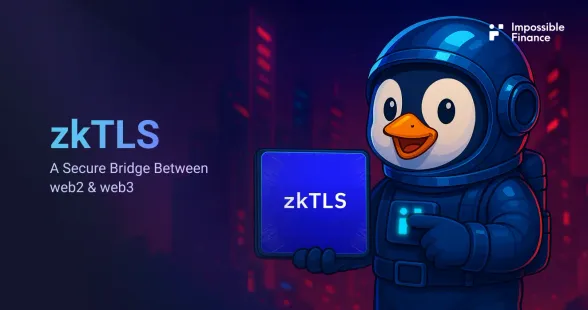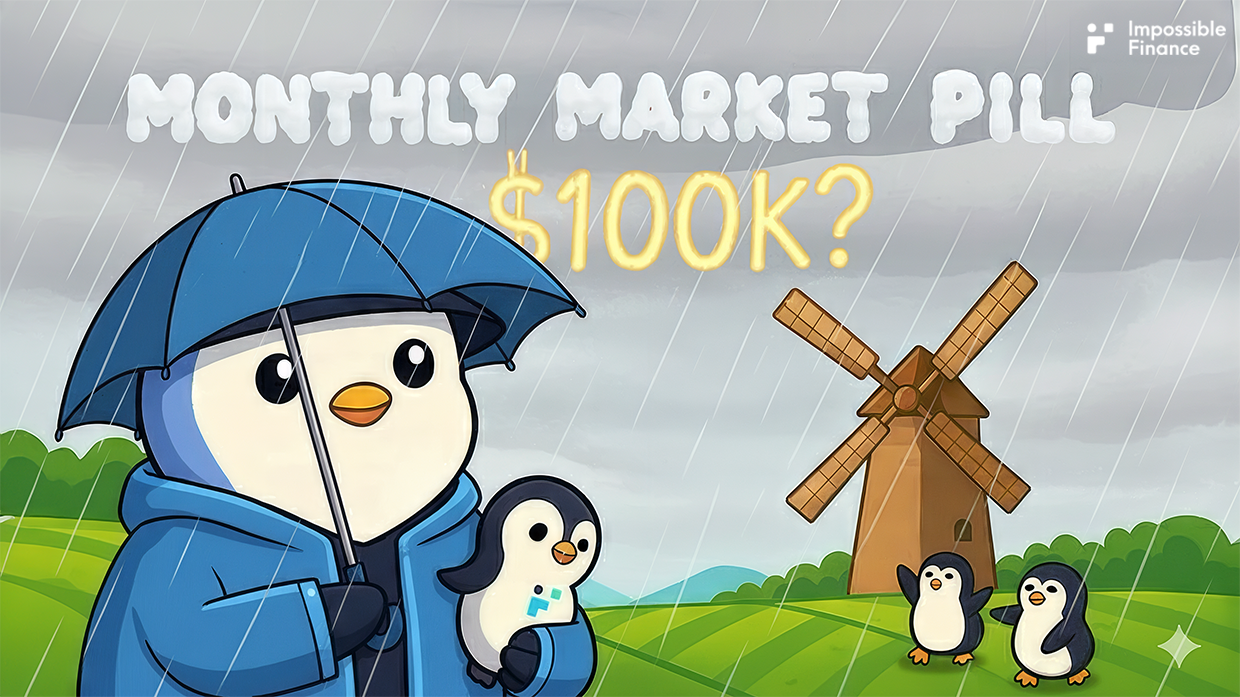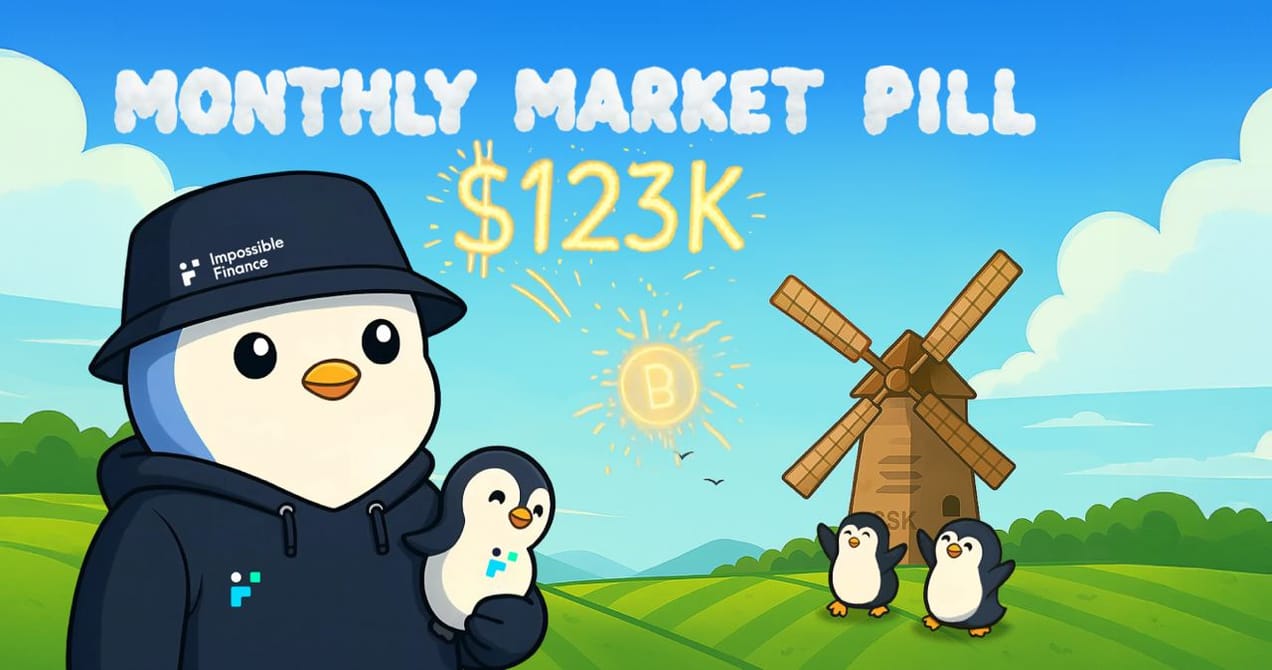
zkTLS: A Secure Bridge Between the Traditional Web and the Blockchain World
What Is TLS? The Guardian of Your Internet Data
Ever noticed how some website URLs begin with https:// instead of http://? That little “s” stands for secure, made possible by TLS (Transport Layer Security).
Imagine this:
Sending data over HTTP is like mailing a letter in a transparent envelope - anyone along the way can read its contents. Dangerous, especially for sensitive info like bank accounts or passwords.
TLS, on the other hand, acts like a locked box. You place your letter inside, and only the recipient with the right key can unlock and read it. Even if someone intercepts the box, they can’t peek inside - it’s encrypted.
TLS does three key things:
- Encrypts data so that it can’t be read without the right decryption key.
- Authenticates identity to ensure you're really connecting to your bank - not a fake site.
- Preserves data integrity to prevent tampering during transmission.
Thanks to TLS, everything from logging into Facebook to shopping online and checking your bank account is done securely.
What Is zkTLS? Bridging Web2 to Web3
Now that we understand TLS, let’s meet its blockchain-enhanced cousin: zkTLS (Zero-Knowledge Transport Layer Security).
We live in Web2 - centralized services like Google, Facebook, and banks store your data. In Web3, built on blockchain, you control your data and assets in a decentralized way.
The challenge: How do we bring verified info from Web2 (e.g. bank balances, shopping history, credit scores) into Web3 without revealing sensitive data?
zkTLS is the answer. Think of it as a special translator - it lets you prove something about your Web2 data (e.g. “I have enough money to buy this NFT”) without showing the actual data (your exact bank balance).
Core Components of zkTLS
zkTLS is built on two pillars:
- TLS: Secures and encrypts your connection with Web2 sites.
- ZKPs (Zero-Knowledge Proofs): Cryptographic tools that let you prove a claim (like knowing the answer to a riddle) without revealing the answer itself.
Together, they generate proofs of Web2 data - without exposing that data. These proofs can then be used by Web3 apps.
How zkTLS Works
The operational process of zkTLS can be technically complex, but here’s a simplified way to picture it:
- Secure Connection Setup You (or your app) connect to a Web2 site (e.g. your bank) over TLS.
- Zero-Knowledge Proof Generation A cryptographic proof is created - e.g. confirming your account balance is above $X - without revealing your actual balance.
- Proof Sent to Web3 That proof is sent to a smart contract. It verifies the claim without ever seeing your private data, allowing Web3 apps to trust and interact with real-world info securely.
Why zkTLS Instead of Just ZK?
Pure zero-knowledge proofs (ZKPs) excel at proving statements without revealing underlying data - but they don’t handle secure data transport or guarantee the authenticity of a live Web2 source. zkTLS bridges that gap by combining:
- Encrypted channel (TLS): Ensures the data you’re proving actually came from the real website and wasn’t tampered with in transit.
- Privacy proofs (ZKPs): Allows you to attest to facts about that data - like “my bank balance is above $5,000” - without exposing the exact figure.
Concrete Example: DeFi Loan Approval
- Pure ZK Approach
- You’d need a way to extract your bank statement (often via an API, manual upload, or intermediary), then generate a proof that your balance exceeds the required threshold.
- Risks: the statement could be forged or altered before proof generation; the transport channel (HTTP) might be insecure.
- zkTLS Approach
- Your wallet or app opens a TLS-encrypted session directly with your bank’s website and captures an authenticated transcript.
- Simultaneously, it produces a zero-knowledge proof that your balance > $5,000.
- You submit that proof onchain. The smart contract verifies it, confident both in the proof’s validity and in its secure provenance - all without ever knowing your exact balance.
Real-World Use Cases of zkTLS
zkTLS has the potential to revolutionize how we interact with online data - especially when bridging Web2 and Web3. Here are a few concrete examples:
- Private identity verification: Prove you're over a certain age or from a certain country without uploading your ID.
- Smarter DeFi lending: Use bank credit history to borrow crypto without collateral, preserving privacy.
- Real-world asset tokenization: Prove ownership of physical assets (house, artwork) using documents, then tokenize them for blockchain use.
- Web2 reputation in Web3: Validate Twitter followers or gaming achievements to join gated communities or earn rewards without oversharing personal data.
Notable Projects Building with zkTLS
zkTLS technology is still relatively new, but several pioneering projects are already developing and applying it in real-world scenarios. Here are a few standout names:
zkPass
A privacy-preserving oracle protocol enabling secure data transfer from Web2 to Web3. Combines MPC (Multi-Party Computation) and ZKPs to verify without revealing raw data.
Use cases:
- Identity verification (ZKKYC): You can prove who you are without submitting sensitive personal documents.
- DeFi lending: Demonstrate your financial capability to borrow funds in decentralized finance without disclosing specific bank account details.
- Medical data marketplaces: Share health-related data securely and privately for research purposes.
Reclaim Protocol
Reclaim Protocol is another leading project in the zkTLS space. It focuses on helping users generate "proofs" of data from any website. Reclaim has developed a special architecture (proxy model) that makes this process smooth and secure.
Use cases:
- Employment and income verification: Prove where you work or how much you earn without submitting payslips or employment contracts.
- Student verification: Demonstrate that you're a student to access special benefits.
- Loyalty program validation: Use accumulated points or membership tier from traditional loyalty programs in Web3 applications.
Reclaim Protocol has processed over 1 million verifications and supports numerous blockchains - demonstrating its efficiency and wide-ranging applicability.
Sophon
Sophon is a blockchain platform designed for mainstream users, particularly in entertainment domains like gaming, betting, social media, and AI. Its standout feature is the integration of zkTLS at the protocol level, enabling users to verify and leverage personal data from Web2 into Web3 - without revealing any private information.
Achievements:
- Mainnet launched in Dec 2024
- $70M+ raised with investors like Binance Labs and OKX
- 121,000+ nodes sold ($60M+ in sales)
Sophon builds a seamless bridge for everyday users to securely bring Web2 data into Web3 without compromising privacy.
The Future of zkTLS
zkTLS solves a huge Web3 problem: how to safely and privately use Web2 data. With projects like zkPass, Reclaim Protocol, and Sophon pushing the frontier, we’re heading toward a future where your data stays secure - and useful - across both worlds.


